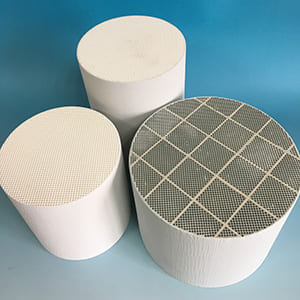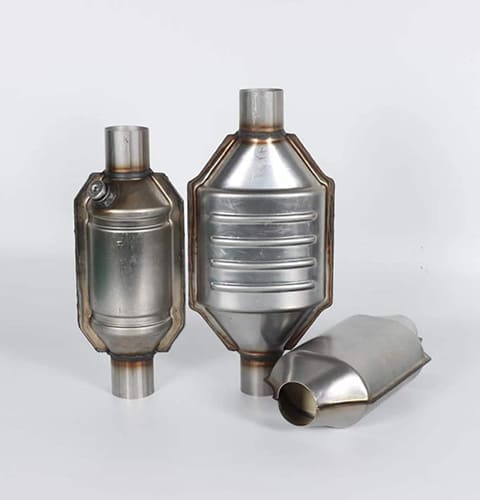Have you ever wondered what makes catalytic converters such a vital component in exhaust systems? Imagine you’re a distributor trying to meet the demands of various clients who are all looking to reduce emissions and comply with stringent environmental regulations. What should you know about catalytic converters to serve your clients better? How can you ensure you’re providing the best products for their needs?
Exhaust systems catalytic converters are essential for reducing harmful emissions from vehicles. Distributors need to understand their types, functions, materials, and regulatory requirements to make informed decisions. This knowledge helps in selecting the right products for clients and ensuring compliance with environmental standards.
This article will cover everything distributors need to know about catalytic converters, including their types, how they work, the materials used, and the regulatory landscape. By the end, you’ll have a comprehensive understanding that will help you make informed decisions and better serve your clients.
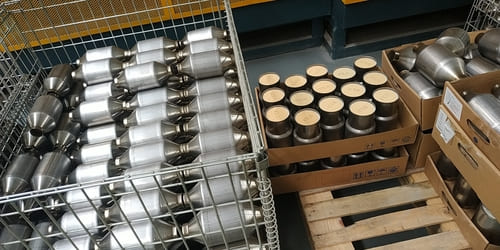
Types of Catalytic Converters
Two-Way Catalytic Converters
Two-way catalytic converters are primarily used in diesel engines. They target two main pollutants:
- Carbon Monoxide (CO): Converted into Carbon Dioxide (CO2)
- Hydrocarbons (HC): Converted into Carbon Dioxide (CO2) and Water (H2O)
These converters are effective for older vehicles and some industrial applications but are less common in modern gasoline engines.
Three-Way Catalytic Converters
Three-way catalytic converters are more advanced and are commonly used in gasoline engines. They target three main pollutants:
- Carbon Monoxide (CO): Converted into Carbon Dioxide (CO2)
- Hydrocarbons (HC): Converted into Carbon Dioxide (CO2) and Water (H2O)
- Nitrogen Oxides (NOx): Converted into Nitrogen (N2) and Oxygen (O2)
These converters are essential for meeting modern emission standards and are widely used in passenger vehicles.
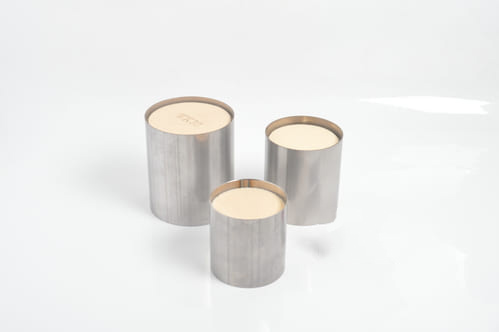
How Catalytic Converters Work
The Core or Substrate
The core, or substrate, is the heart of the catalytic converter. It is typically made from ceramic or metallic materials and features a honeycomb structure. This design maximizes the surface area for the catalytic reactions to occur.
The Washcoat
The washcoat is a layer that covers the substrate. It is usually made from materials like aluminum oxide, silicon dioxide, or titanium dioxide. The washcoat increases the surface area and helps disperse the catalyst materials evenly over the substrate.
The Catalyst
The catalyst is the active component that facilitates chemical reactions. It is typically composed of precious metals like platinum, palladium, and rhodium. These metals are chosen for their ability to withstand high temperatures and their effectiveness in catalyzing the required reactions.
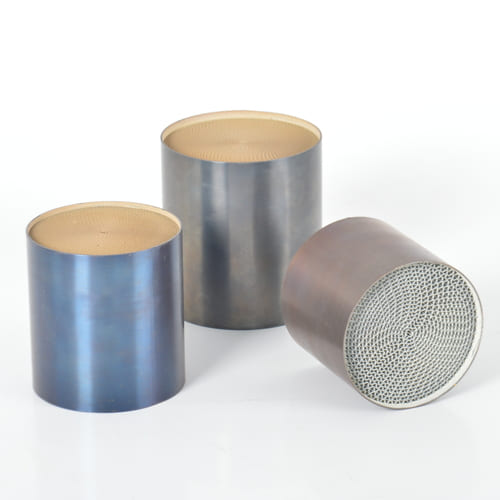
Materials Used in Catalytic Converters
Precious Metals
- Platinum: Used for both oxidation and reduction reactions.
- Palladium: Primarily used for oxidation reactions.
- Rhodium: Used for reduction reactions, particularly for NOx reduction.
Substrate Materials
- Ceramic: Commonly used due to its ability to withstand high temperatures and its cost-effectiveness.
- Metallic: Used in some high-performance applications for its durability and heat resistance.
Regulatory Requirements
Emission Standards
Different countries have varying emission standards that vehicles must meet. For example:
- Euro 6: European Union standard that requires the use of advanced catalytic converters and particulate filters.
- EPA Tier 3: United States standard that focuses on reducing NOx and particulate matter.
Compliance
Distributors must ensure that the catalytic converters they supply meet these regulatory standards. Non-compliance can result in hefty fines and damage to reputation.
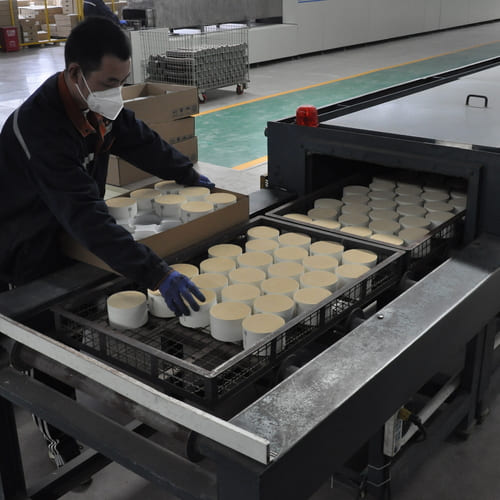
Selecting the Right Catalytic Converters
Understanding Client Needs
Different clients may have varying requirements based on their vehicle types and usage. For instance, a fleet of delivery trucks may require different catalytic converters compared to passenger vehicles.
Quality and Performance
Ensure that the catalytic converters you distribute are of high quality and offer reliable performance. Look for products that come with warranties and have been tested for compliance with emission standards.
Cost Considerations
While OEM (Original Equipment Manufacturer) catalytic converters are generally more expensive, they offer a perfect fit and reliable performance. Aftermarket options can be more cost-effective but may not always meet the same quality and performance standards.
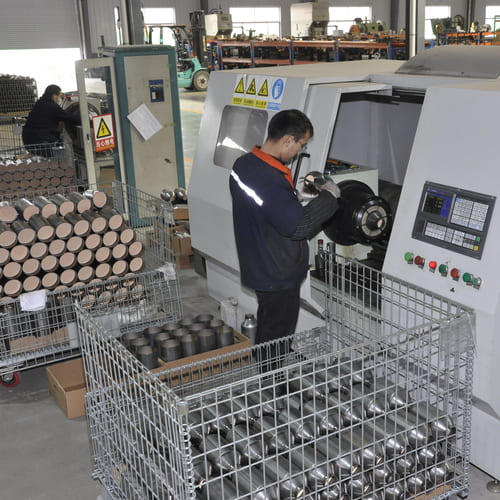
Conclusion
Understanding the intricacies of exhaust systems catalytic converters is crucial for distributors. Knowing the types, how they work, the materials used, and the regulatory requirements will help you make informed decisions and better serve your clients. By providing high-quality, compliant catalytic converters, you can help your clients reduce emissions and meet environmental standards, ultimately contributing to a cleaner and healthier environment.

